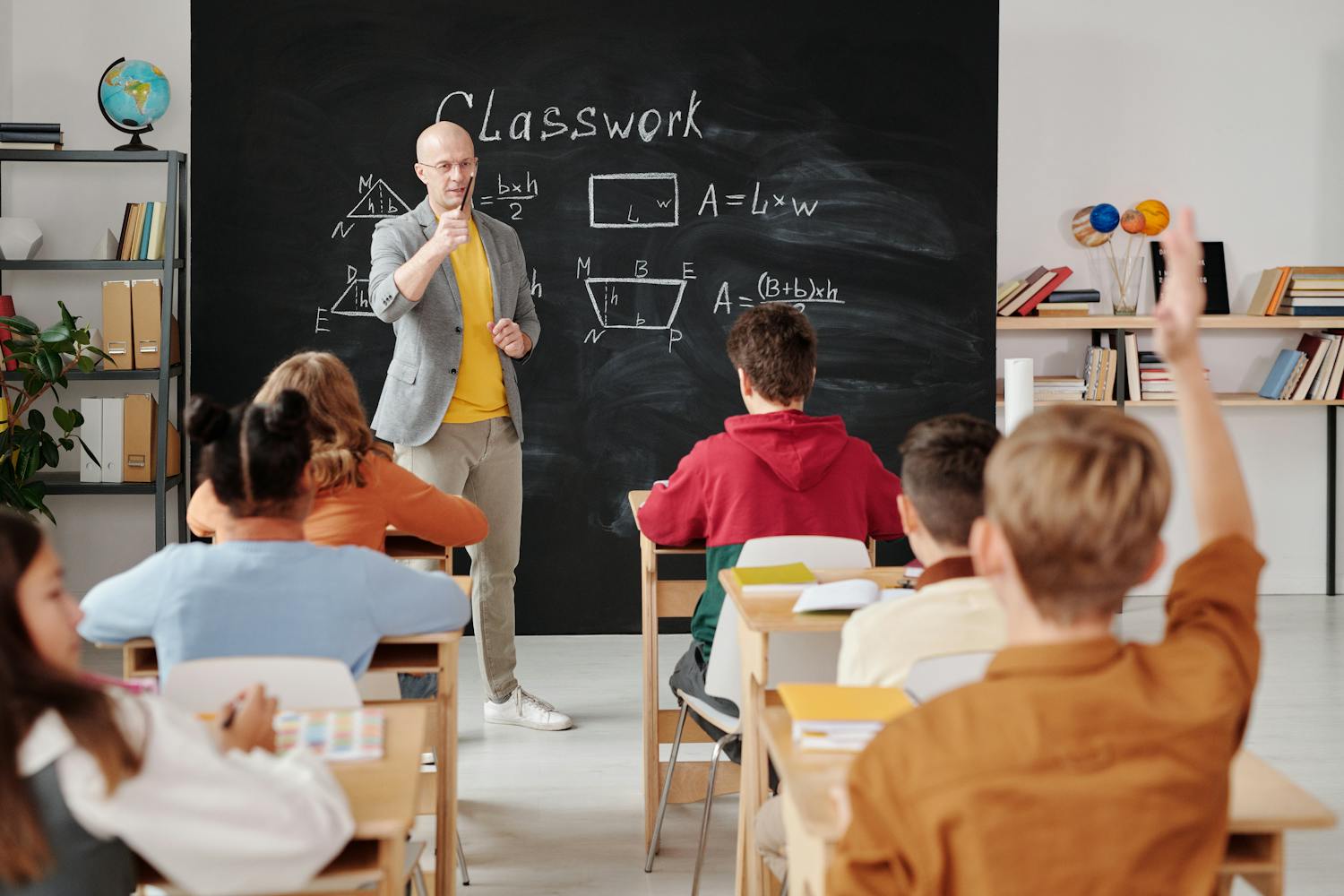The meteoric rise of artificial intelligence, and especially tools like ChatGPT, has thrown the academic world into the heart of fiery controversy. This technology, capable of generating text, translating languages and answering questions with remarkable sophistication, is drawing mixed reactions about its potential impact on education.
On the one hand, some educators fear a threat to traditional learning. Students’ use of ChatGPT to write dissertations or work could weaken their mastery of knowledge and acquisition of critical skills: analysis, reflection or creativity for example.
On the other hand, voices are being raised to embrace the possibilities offered by AI. The accessibility of education could be significantly improved with tools like ChatGPT. Personalized content and intelligent virtual teachers could support each student at their own pace, taking into account their specific needs and difficulties. Some teachers are already using ChatGPT to assess their students in the United States. The duality of perspectives raises a fundamental question: is artificial intelligence useful or harmful for education?
Growing adoption in educational spheres
According to a recent survey, a third of 498 teachers surveyed, from kindergarten to high school, have already decided to integrate AI into their lessons in the United States. Scored by Education Week, a US national news source covering news, analysis and commentary on K-12 education and higher education.
While this adoption is still met with reluctance by some, other experts compare it to the integration of other educational technologies, such as interactive whiteboards, which have shown their value in improving student access and success. Some experts say they are “optimistic about replicating a pattern similar to that seen with other technologies that have contributed to improved access to education and achievement,” as this Scientific American article points out.
However, AI is a powerful tool; as with any tool, it must be handled with care. Its integration into educational practice must be accompanied by an ethical and responsible framework, appropriate teacher training and rigorous evaluation of its impact on learning.
Lessons from history: the case of the calculator
Some like to compare artificial intelligence to the introduction of calculators in the classroom in the mid-1970s, which themselves met with fierce opposition. The latter was motivated by the fear of the erosion of students’ mathematical skills. However, this technology has ultimately expanded the horizons of mathematics education, encouraging innovation and enriching teaching approaches. Today, you won’t find a math lesson without a calculator; the opposite would even be surprising.
A fairly fair parallel, one that invites us to nuance our current fears about artificial intelligence. It is worth recalling that one professor stated in an article in the New York Times on January 5, 1975: “I am not yet convinced that giving them a machine and teaching them to push a button is the right approach.” The future, it seems, proved him wrong.
Educational transformation and change of school programs
Artificial intelligence promises to be a potential catalyst for profound transformation in the world of education. This would enable a complete reshaping of school curricula, teaching methods and assessment, paving the way for education that can be more inclusive and better adapted to the individual needs of students.
Some tools, like Meta’s new real-time image generator, Imagine, perfectly illustrate this potential. By enabling the visualization of abstract concepts and the exploration of complex topics in an immersive way, artificial intelligence could reshape learning.
There is no real clear answer to the initial question posed by this article. AI should not be seen as a threat or a panacea for education. It is a multifaceted tool that, if used wisely, can help shape a more inclusive, personalized and effective educational future for all. Of course, with the condition of setting certain limits and not putting it in the center of educational processes.
- AI is increasingly being integrated into the field of education.
- Nevertheless, there is a certain reluctance, which could be compared to the one that arose against the arrival of calculators in classrooms in the seventies of the last century.
- Properly used and monitored, AI could positively transform educational spheres and teaching processes.

